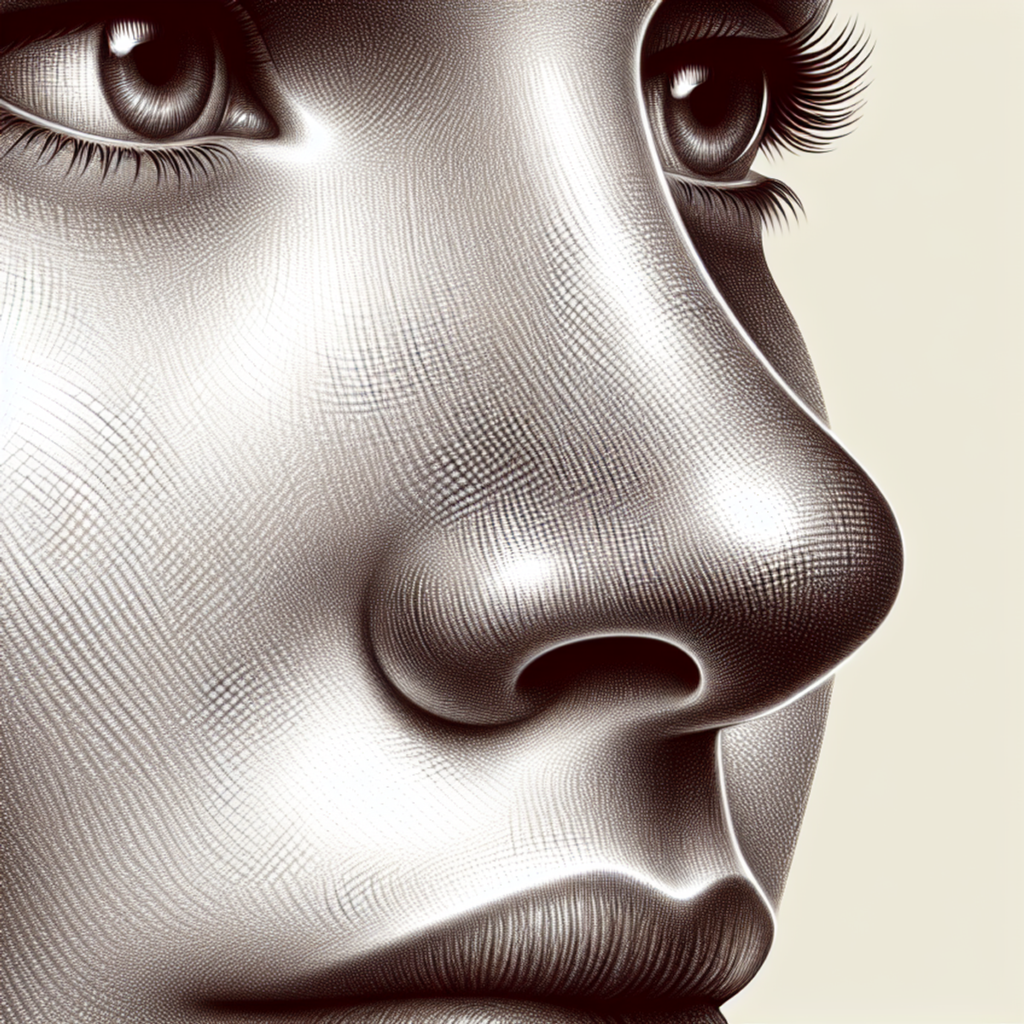Most people are dissatisfied with the shape of their nose. You cannot argue with the fact that the nose gives the face elegance and texture while creating an individual look. With age, the tip of the nose is pulled down, changing its anatomical shape. To expose the correction of their nose began the people of ancient India. To continue this practice began Italians living in the middle ages, and in the nineteenth century was undertaken the first full implementation of surgical rhinoplasty and even with the use of anesthesia (then published the first treatise on this technique).
Nowadays, there are many methods of correcting the shape of the nose, including injection, but such procedures do not bring long-term effect. Therefore, rhinoplasty, or surgical technique of changing the shape of the nose, so in demand.
Surgery planning and types of rhinoplasty
Planning rhinoplasty surgery includes a mandatory analysis of a person’s appearance and psychological state. As with any operation (breast mammoplasty, abdominoplasty, chin augmentation, and others), the surgeon also makes an aesthetic assessment of the result, photo analysis, preparation of the operation plan and, if necessary, its completion. These data are documented in a special way.
Rhinoplasty (nose surgery) is open and closed. Open rhinoplasty is carried out crossing the skin part of the nasal septum on its narrow section. Then separate the flap of soft tissues, including loose fiber and skin. Updated as a result of the back and cartilaginous skeleton of the nose, make it possible to maximize the ratio of different structures. Open rhinoplasty is now used very rarely and is necessary only in cases where complex intervention is expected. Also, open rhinoplasty may be necessary when the surgeon will need the highest accuracy of its execution. The open technique can be used and re-correction of the nose shape.
Methods of access
When performing plastic surgery on the nose, depending on the access options, the following methods are used:
Closed rhinoplasty, in which incisions can take place in the nasal cavity. Private access is subdivided on regional (on the inside surface of the nose wings), respiratory, inter and trash removal. After the incision, the soft tissue is separated (separated) from the cartilage and bones that make up the frame, which allows you to freely perform the necessary manipulations. The method is less traumatic in comparison with the open method and allows to exclude arterial damage and tissue nutrition disorders, and postoperative scars are not visible at all, as they are located in the nasal cavity. It is used most often, especially in operations of purely aesthetic purpose.
Open rhinoplasty-the incision passes through the columella (the skin part of the fold between the nasal openings) and on the wings of the nose at the places of their connection with the lip. The technique is used in cases that do not allow to achieve the task in another (closed) way. It allows you to lift the soft tissues and cartilage up, get sufficient access to the internal parts of the nose and carry out manipulations under constant visual control. Open rhinoplasty is necessary to correct particularly serious changes and technically complex and significant in terms of volume operations pronounced deformation of the nose, especially with lateral displacement; a combination of nose deformities with such malformations as “cleft lip” or cleft palate; reconstruction using transplants. Its disadvantage is the formation of a noticeable postoperative scar, as well as forced damage to the arteries of the columella, resulting in a significant and long-lasting postoperative tissue edema.
The latest methods of rhinoplasty
The traditional ones were replaced by progressive surgical methods that make life easier for both the surgeon and the patient.
Progressive techniques of rhinoplasty:
1. Laser rhinoplasty
2. Rhinoplasty using fillers
3. Using new types of tools
To reduce the risk, to obtain more pronounced results with a further reduction in the period of rehabilitation-this is the main task of progressive rhinoplasty methods.
Let’s look at everything in more detail:
Laser rhinoplasty: It is used in surgical operations, where you need to solve the problem and with maximum accuracy to reproduce the desired appearance of the nose. The procedure is simple. For example, the operation to remove the hump; cut off the upper part of the nose, then the laser grinds the bone to the desired state; at the end of the suture. The laser can still be used for peeling, relieving the appearance of postoperative scars. Do not be afraid of the word “laser”, the cost of rhinoplasty using a laser from 750 dollars.
Rhinoplasty using fillers: This technique can be called non-surgical since there is no need to cut the tissue. Everything can be done painlessly and at the same time productively.
Innovative means to solve the same problems as traditional medicine. Only they try to do everything minimally invasive and least traumatic. However, the cost of rhinoplasty remains at the same level. Especially with the development of nanotechnology and microelectronics, it is not surprising that more advanced techniques will appear.



